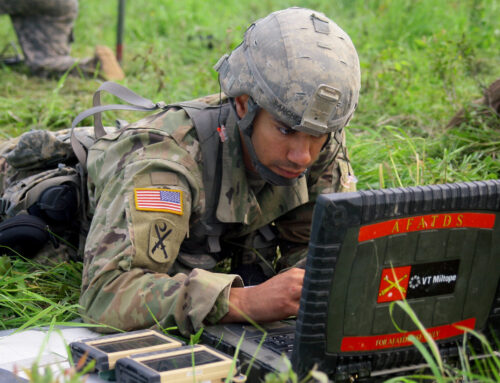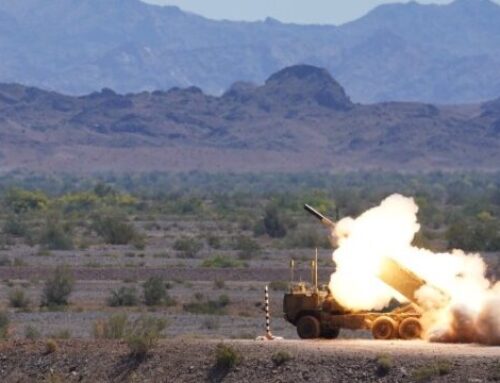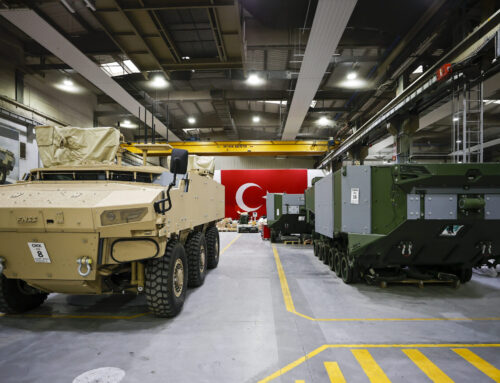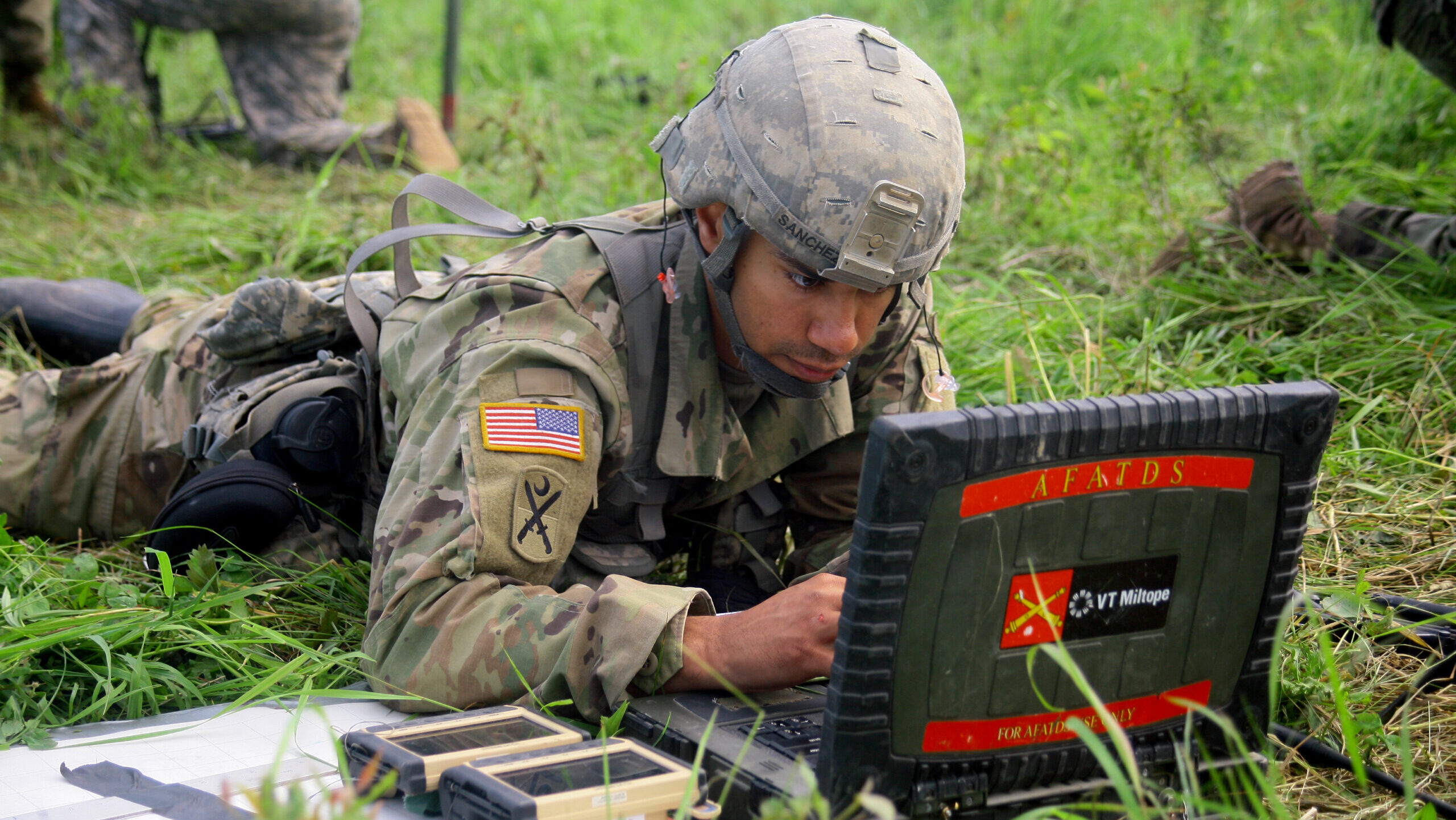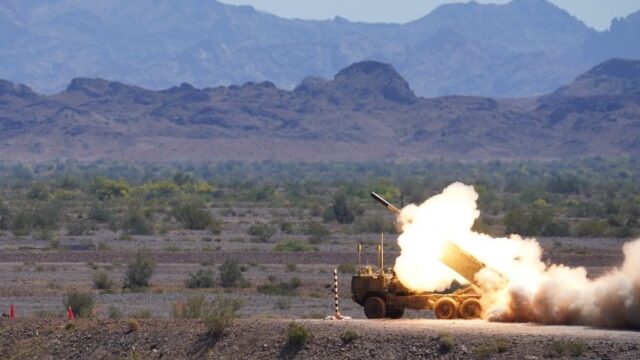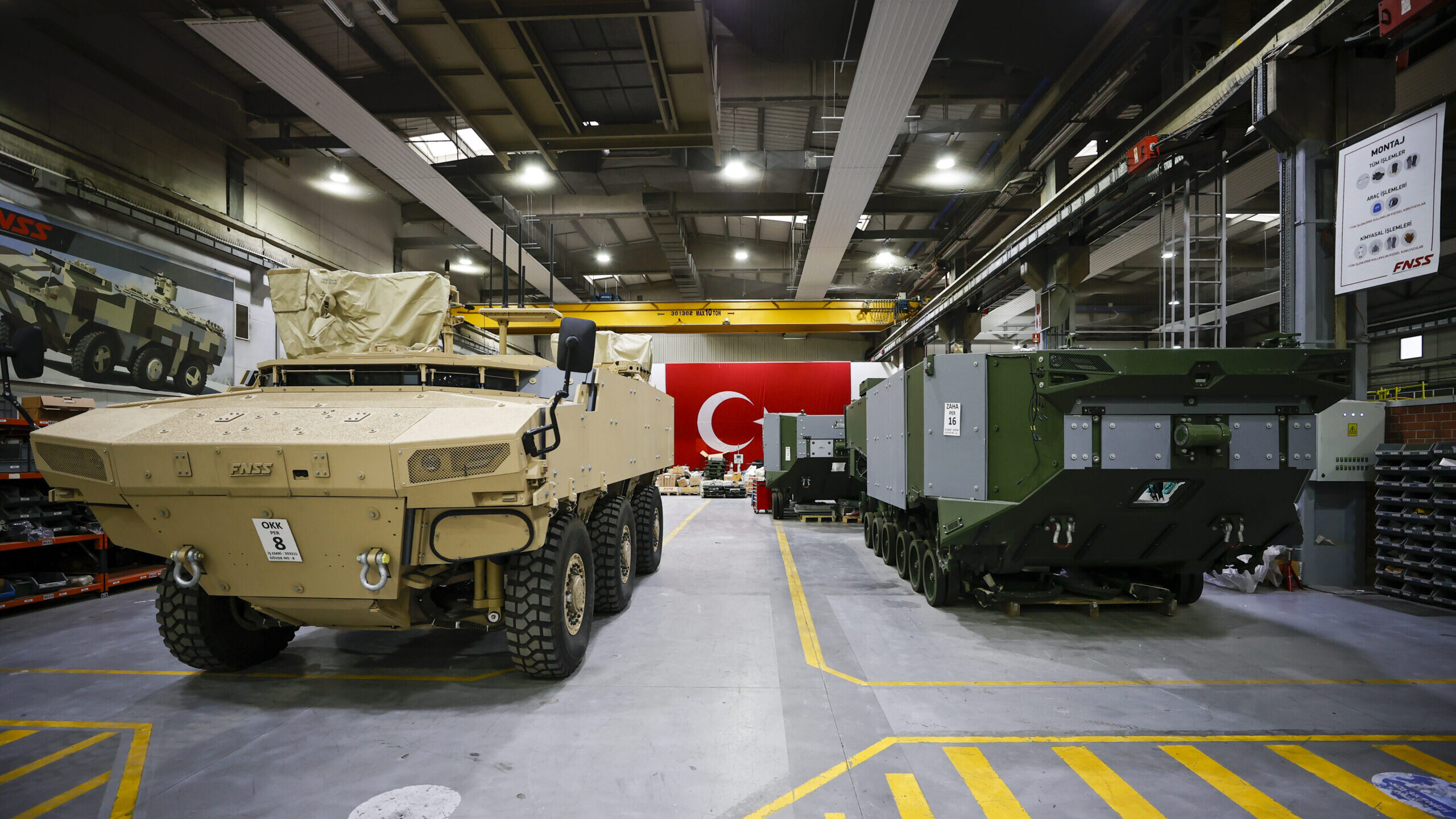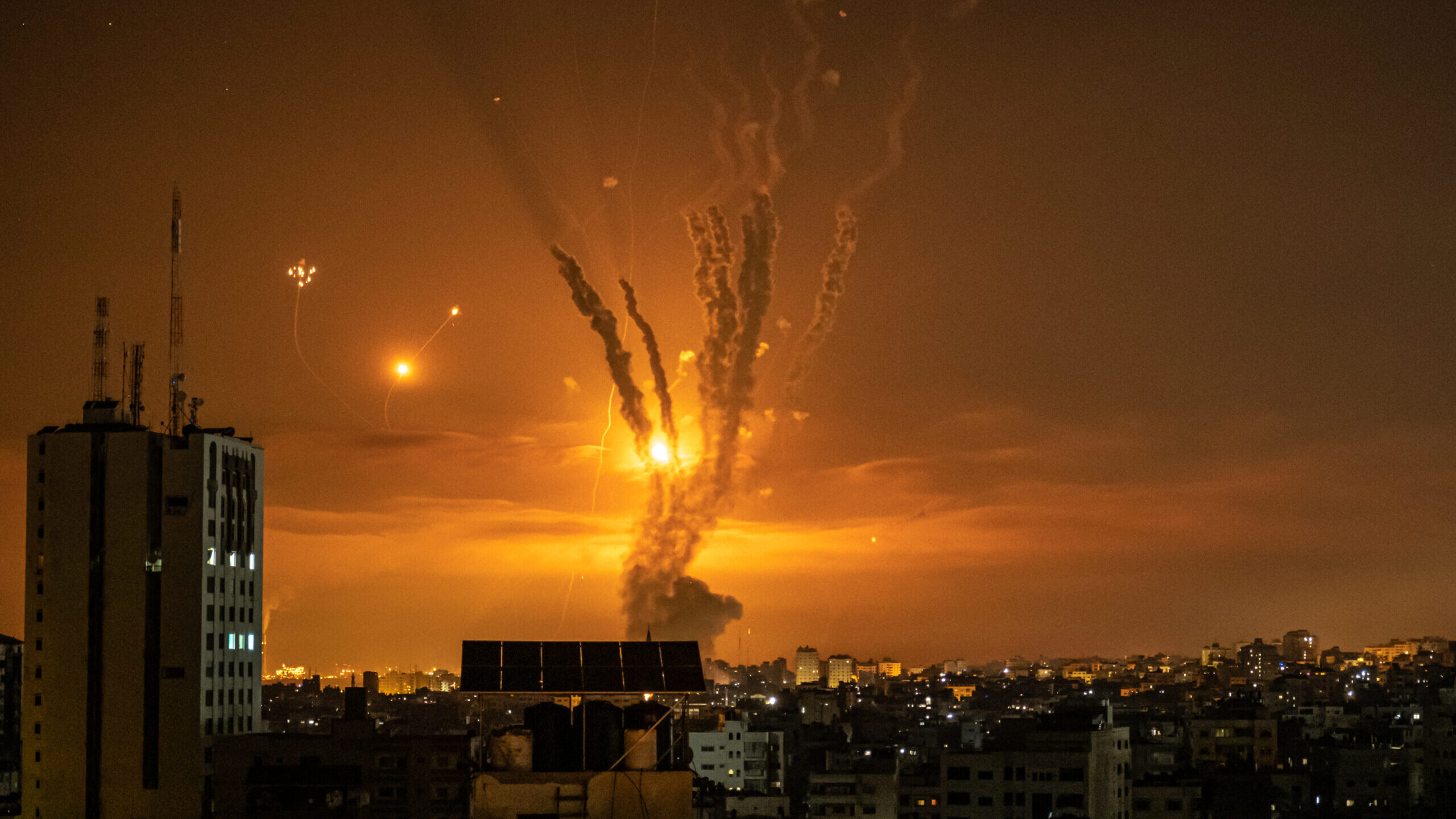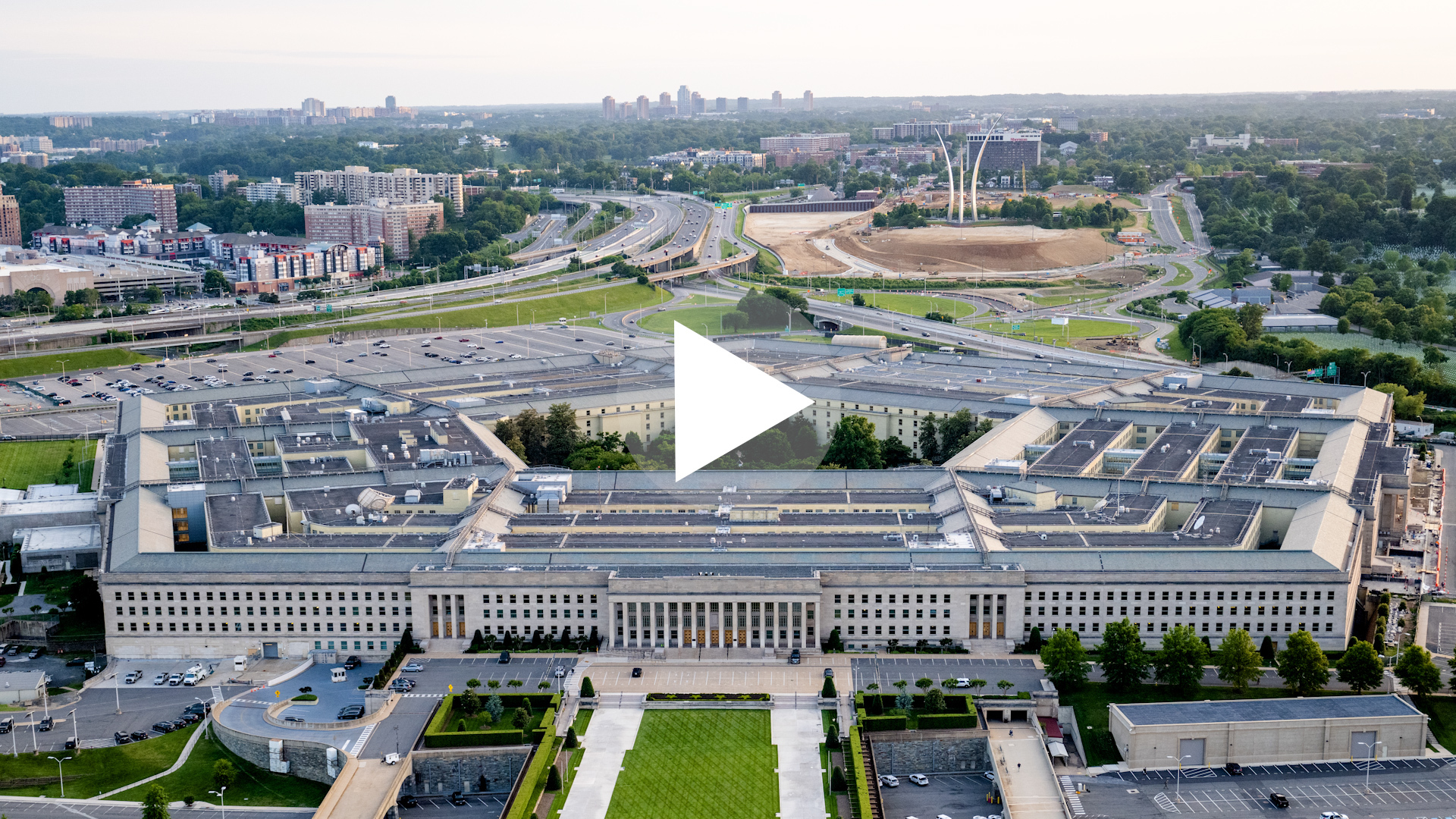A formation of 42 F-35A Lightning II’s, 354th Fighter Wing, during a routine readiness exercise at Eielson Air Force Base, Alaska, March 25, 2022. (U.S. Air Force photo by Airman 1st Class Jose Miguel T. Tamondong)
WASHINGTON — Bowing to operational demands, the Pentagon has lifted a year-long freeze on accepting new F-35 stealth fighters — even though the problem that prompted the standstill has not been fully resolved.
“On July 3, Lt. Gen. Mike Schmidt, program executive officer, F-35 Joint Program Office, after extensive coordination with the Services, Joint Strike Fighter Executive Steering Board, pilots, maintainers, and industry, made the decision to move forward with the truncation plan for TR-3 software,” F-35 Joint Program Office spokesman Russ Goemaere said in a statement, who added that deliveries “will resume in the near future.”
According to a source briefed on the plan, “near future” actually means sometime next week.
Manufacturer Lockheed Martin did not immediately respond to a request for comment.
As Breaking Defense first reported, the Pentagon halted deliveries of new Joint Strike Fighters from Lockheed in July 2023 due to software woes with an upgrade known as Technology Refresh 3 (TR-3). Persistent problems with TR-3 prompted officials to eventually capitulate to an interim software fix that would enable deliveries to resume.
Testifying in front of the House Armed Services tactical air and land forces subcommittee in April, Schmidt revealed that the international F-35 enterprise had agreed upon the plan to accept an early version of the TR-3 software. Under the so-called “truncation” plan, jets will be delivered with interim software that facilitates training, but a second software drop that enables combat capabilities likely won’t be available for at least another year.
Consisting of features like a more powerful processor and greater memory, TR-3 essentially serves as the backbone for a suite of forthcoming upgrades known as Block 4 — itself suffering from delays and cost growth. TR-3 was originally supposed to be ready in April 2023 and has run over budget by roughly $1 billion, according to lawmakers.
Despite the delivery halt, Lockheed has continued to build planes equipped with TR-3 but has been forced to warehouse them. The exact number of jets on hold is unclear, though Lockheed executives have said as many as 120 could be “undelivered” this year. Now the work to clear out the backlog begins, which could take nearly a year, according to a previous Government Accountability Office report.
As part of the delivery freeze, the Pentagon withheld $7 million for each newly-built plane, Bloomberg reported, which additionally first reported when deliveries would resume.
The frozen deliveries have proved a headache for the stealth fighter’s customers. Denmark, for example, reportedly considered repatriating F-35s based in the US for pilot training. The US Air Force, also the jet’s largest customer, felt the pain as well, with Secretary Frank Kendall telling reporters in March that the lack of new stealth fighters is “hurting already.” (Kendall was recused from the decision to pause acceptances due to his previous work with Northrop Grumman, which produces the center fuselage for the F-35 among other parts.)
“It’s a judgment call. In general, I want to hold industry responsible for delivering what they promised. And so my bias, if there is one, is to not accept products that are not what we’ve been promised,” Kendall explained during a press conference at the McAleese Defense Programs conference in Washington. “But there’s an operational argument to be made that you know, a better capability as opposed to the current capability is a preferred outcome.”



